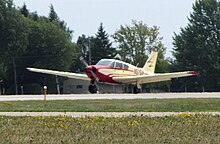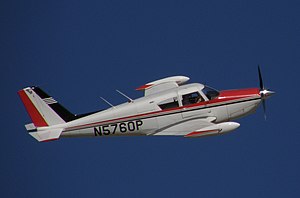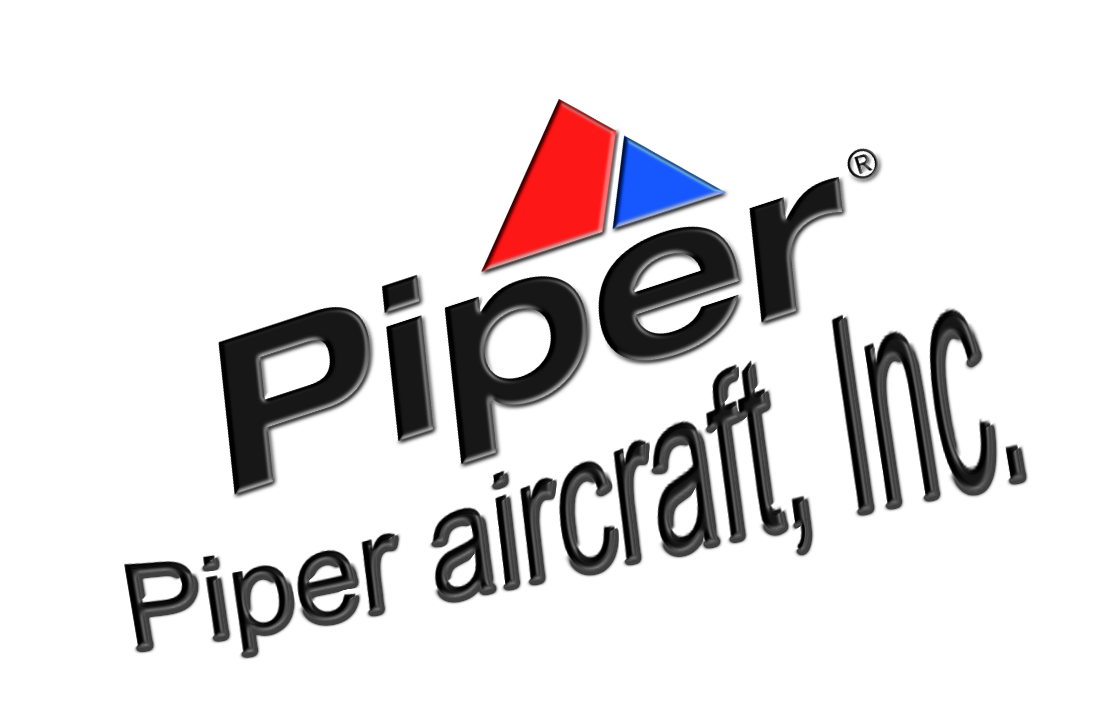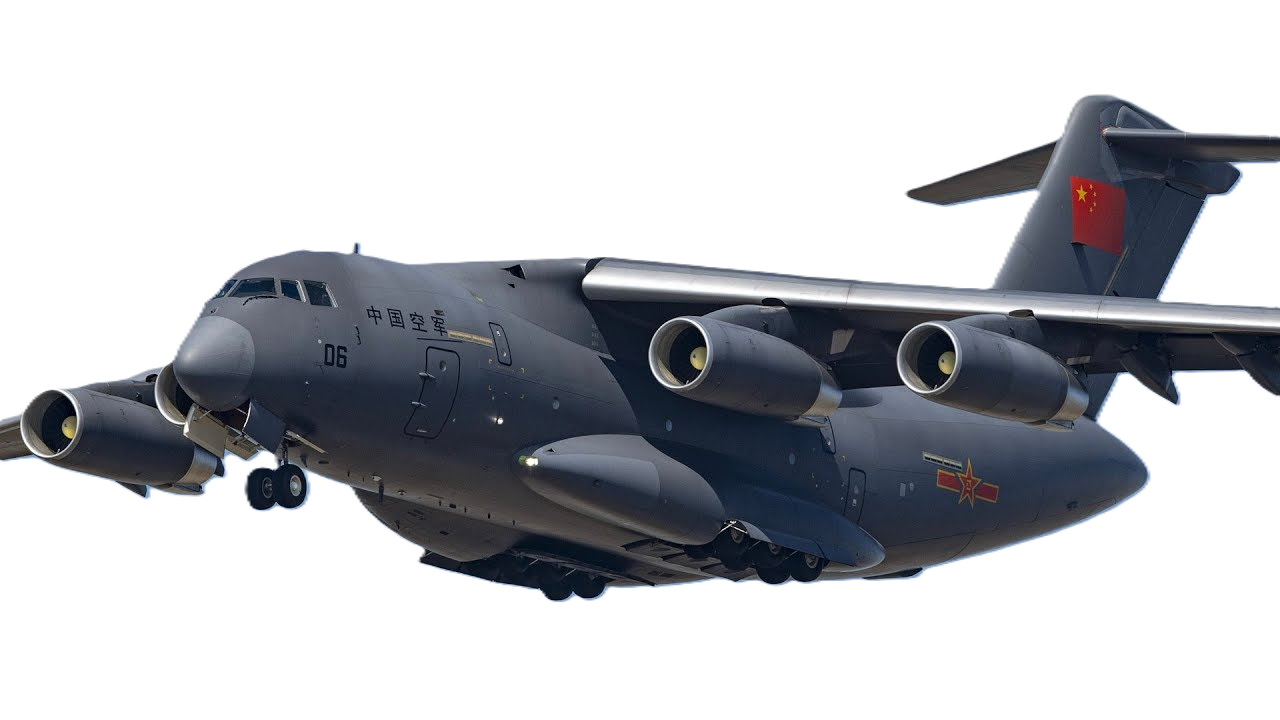Piper aircraft,Inc.
PA-24 Comanche
|
|||||||||||||||||||||||||
|
|
|
|
|---|
.
History Piper aircraft, Inc.
Piper PA-24 Comanche low-wing, all-metal monoplane
built between 1957 and 1972 by Piper Aircraft.

The Piper PA-24 Comanche is an American single-engine, low-wing, all-metal monoplane of semimonocoque construction with tricycle retractable landing gear and four or six seats. The Comanche was designed and built by Piper Aircraft and first flew on May 24, 1956. Together with the PA-30 and PA-39 Twin Comanches, it made up the core of Piper's lineup until 1972, when the production lines for both aircraft were destroyed in the 1972 Lock Haven flood.
-
Design and development

A 1959 model PA-24 Two prototypes were built in 1956, with the first being completed by June 20, 1956. The first production aircraft, powered by a 180 hp (134 kW) Lycoming O-360-A1A engine, first flew on October 21, 1957. In 1958, it was joined by a higher-powered PA-24-250 with a 250 hp (186 kW) Lycoming O-540-A1A5 engine; this model was originally to be known as the PA-26, but Piper decided to keep the PA-24 designation
Variants
Comanche 180

1959 Piper PA-24 180 The original version of the Comanche was the PA-24, which featured a carbureted 180 hp (134 kW) Lycoming O-360-A1A engine, swept tail, laminar flow airfoil, and all-flying stabilator.
The standard fuel capacity of the PA-24-180 was 60 US gallons (230 L). The flaps were manually actuated, controlled by the same Johnson bar actuator as the Piper Cherokee. The aircraft specifications were for cruise speeds of 116 to 139 knots (215 to 257 km/h) and fuel burns between 7.5 and 10.5 gallons per hour (28 and 40 L/h) at 55 and 75% power settings, respectively. Full-fuel payload with standard fuel was 715 lb (324 kg), with a gross weight of 2,550 lb (1,160 kg) and range with 45-minute reserve of 700 nmi (1,300 km; 810 mi).[citation needed]
When new, standard, typically equipped Comanche 180s sold between $17,850 (1958) and $21,580 (1964). A total of 1,143 were built.
0
KmCeiling
0
KmMAX RANGE
0
Km.hAircraft Speed
0
Max Crew
Photo Gallery
Piper aircraft, Inc.
Piper PA-24 Comanche low-wing, all-metal monoplane built between 1957 and 1972 by Piper Aircraft.


Piper aircraft, Inc. Piper PA-24 Comanche low-wing, all-metal monoplane built between 1957 and 1972 by Piper Aircraft.
General characteristics
- Crew: 1
- Capacity: 3–5 passengers
- Length: 25 ft 0 in (7.62 m)
- Wingspan: 36 ft 0 in (10.97 m)
- Height: 7 ft 6 in (2.29 m)
- Wing area: 178 sq ft (16.5 m2)
-
Powerplant
- Empty weight: (804 kg)
- Max takeoff weight: (1,451 kg)
- Fuel capacity: 60 US gal (50 imp gal; 230 L) normal, additional 30 US gal (25 imp gal; 110 L) in optional auxiliary tanks
- Powerplant: 1 × Lycoming IO-540 air-cooled six-cylinder horizontally-opposed engine, 260 hp (190 kW)
Specifications
- Maximum speed: (314 km/h, at sea level
- Cruise speed: (298 km/h,) at 6,300 ft (1,900 m) (max. cruise, 75% power)
- Never exceed speed:(365 km/h,
- Range: 1,225 mi (1,971 km, 1,064 nmi) at 10,500 ft (3,200 m) (auxiliary fuel tanks, 65% power)
- Service ceiling: 19,500 ft (5,900 m)
Aircraft of comparable role
Links to Youtube & Others
The Mi-4 transport helicopter laid the groundwork of Soviet Army Aviation. It was widely used both in the armed forces and in Soviet civil aviation, and for several decades remained the main type of helicopter in the inventory of the Soviet Armed Forces and of the Civil Air Fleet.
Piper aircraft, Inc.
PA-24 Comanche
The Mil Mi-4 (USAF/DoD reporting name "Type 36",[1] NATO reporting name "Hound")
Youtube Link
An official video of a North Korean Air Force combat flying skills competition released in 2014 shows that the Mi-4 is still in limited service in North Korea











.png)


.png)